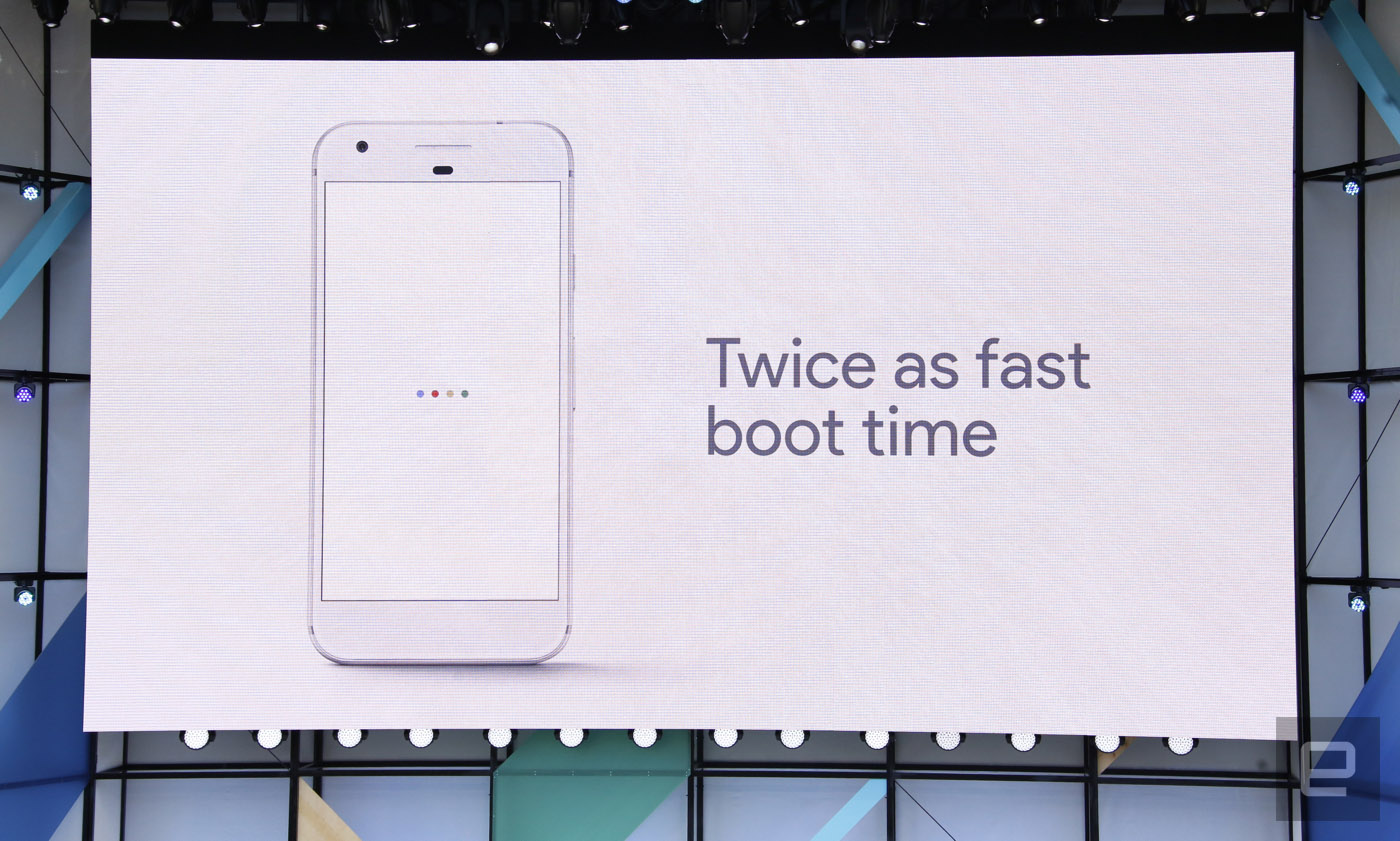 AOL
AOL
In an effort to make apps run better and with greater security on Android O, Google has unveiled "Vitals" during its Google I/O keynote. One of the key aspects of it, Google Play Protect, provides "comprehensive security services for Android," as we've detailed in a separate post. The other part is around OS optimizations, a new effort to keep your apps running more smoothly and prevent them from excessively draining your battery.
Google said it has already done a lot of work to make Android and apps run more smoothly, with boot times now half what they were and apps like Google Sheets also loading twice as fast. However, Google said it can still do a lot with app optimization to make things better.
To fix that, it has unveiled "wise limits," a feature similar to something iOS has used for awhile. As you'd guess, the idea is to limit what apps can do in the background in three areas: services, location updates and "implicit broadcasts."
The latter is one of the worst offenders, as it can cause the OS to trigger multiple apps at once and cause "memory thrashing," wasting battery power and crippling the performance the app you're actually trying to use. "If your battery dies, nothing else matters," explains Google's Stephanie Saad Cuthbertson.
Another thing that should help make apps run better is the new Play Console Dashboard for developers. That helps developers figure out where battery drain, crashes and slow UI issues occur, and takes them to the exact line of problematic code, providing guidance on the best way to fix it. For end users, that means you're less likely to have an app that causes problems, resulting in a smoother overall experience.
For all the latest news and updates from Google I/O 2017, follow along here